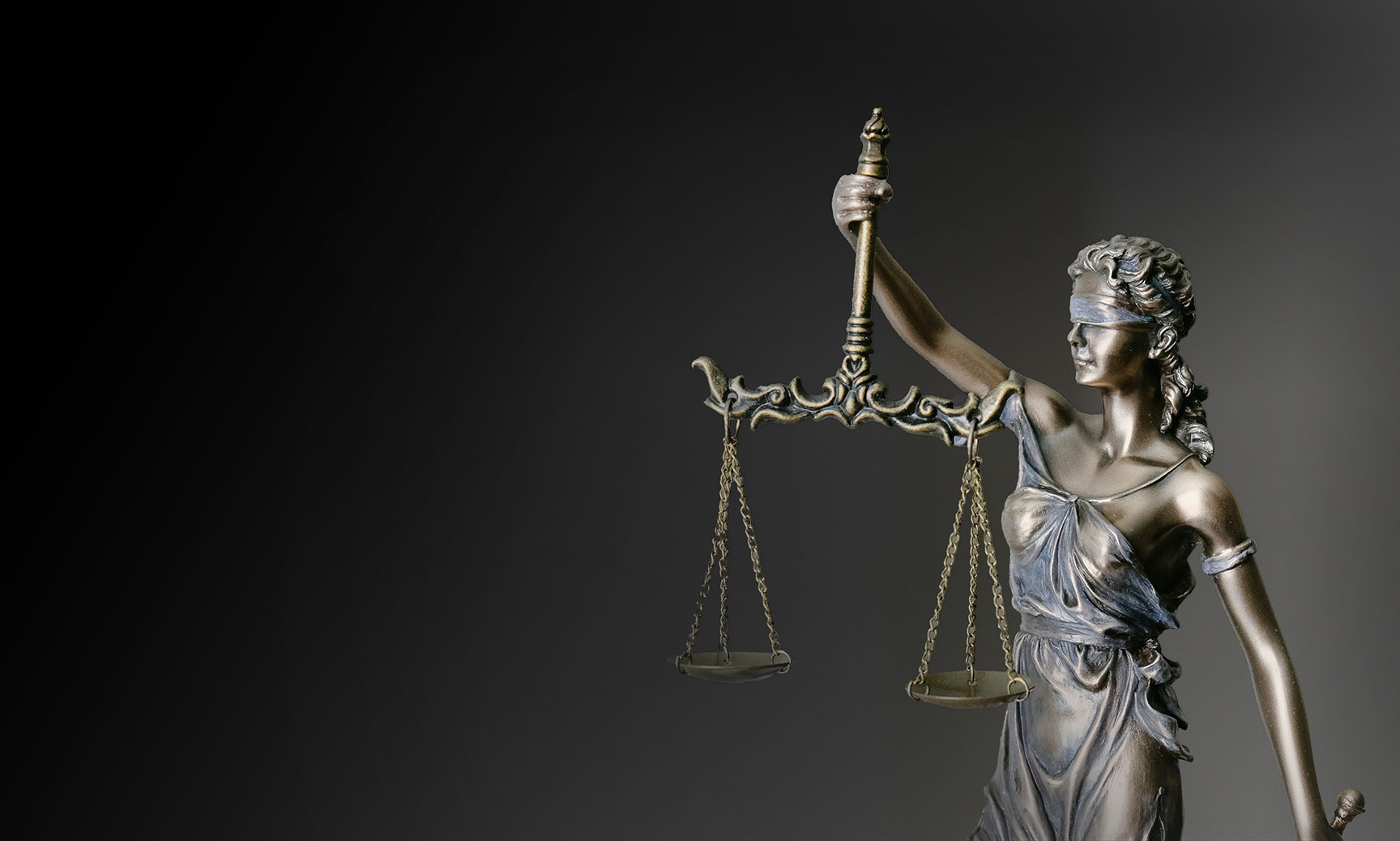
Art, Antiques, and High Asset Divorces: Valuation and Distribution Challenges
Introduction
In high asset divorces, the division of art and antiques poses unique challenges. These items are not only financially valuable but often hold significant sentimental value. Their unique nature makes valuation and equitable distribution complex and contentious. This blog post delves into the intricacies of handling art and antiques in high asset divorce cases, offering insights into the valuation process and equitable distribution strategies.
Understanding the Value of Art and Antiques
Art and antiques differ from other marital assets due to their subjective value. Their worth is influenced by factors like provenance, condition, market trends, and artistic significance. Accurately appraising these items is crucial for fair distribution but requires specialized knowledge.
Challenges in Valuation
Market Volatility: The art and antiques market can be unpredictable, with values fluctuating based on trends and collector interest.
Authenticity and Provenance: Establishing authenticity and tracing provenance are essential in determining value but can be complicated and time-consuming.
Emotional Value: Unlike other assets, art and antiques often have an emotional or sentimental value that can complicate objective valuation.
Selecting the Right Appraisers
Choosing qualified and experienced appraisers is critical. These professionals should have expertise in the specific type of art or antiques being appraised and understand the legal nuances of divorce settlements.
Distribution Strategies
Equal Division: This involves dividing the collection equally, either by value or by splitting individual pieces, though the latter can be challenging with emotionally significant items.
Buy-Out Option: One party may choose to buy out the other’s share, particularly if one has a deeper attachment to the collection.
Selling and Dividing Proceeds: In some cases, selling the collection and dividing the proceeds is the most practical solution, especially if neither party can maintain the collection.
Legal Considerations
Legal issues such as ownership rights, prenuptial agreements, and the distinction between marital and personal property play a significant role in how art and antiques are divided in a divorce.
The Role of Negotiation
Effective negotiation is key in these cases. It requires a delicate balance between financial fairness and emotional considerations. Mediation or collaborative divorce processes can be beneficial in reaching amicable solutions.
Impact on the Art and Antique Markets
High asset divorces can sometimes impact the art and antique markets, particularly when significant collections are liquidated, affecting market supply and value.
Future Planning
For those with valuable collections, prenuptial agreements or postnuptial agreements can provide clarity and protect assets in the event of a divorce.
Conclusion
The division of art and antiques in high asset divorces is a complex process that goes beyond mere financial valuation. It requires a nuanced understanding of the art market, legal considerations, and emotional factors. With the right approach and expert guidance, it is possible to navigate these challenges and reach a fair and satisfactory resolution.

If you have questions about a prenup agreement or a postnup agreement or require legal assistance in other areas of Family Law in Tampa, Florida such as high asset divorce you may always contact Damien McKinney of The McKinney Law Group to discuss your case further. He can be reached by phone at 813-428-3400 or by e-mail at [email protected].
We now offer online prenuptial agreements. Contact us to inquire further about our online prenup opt
